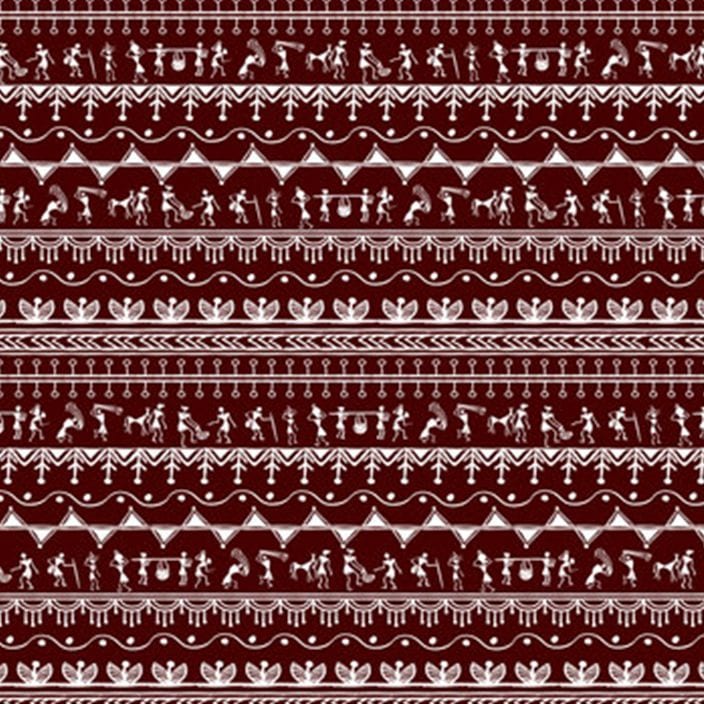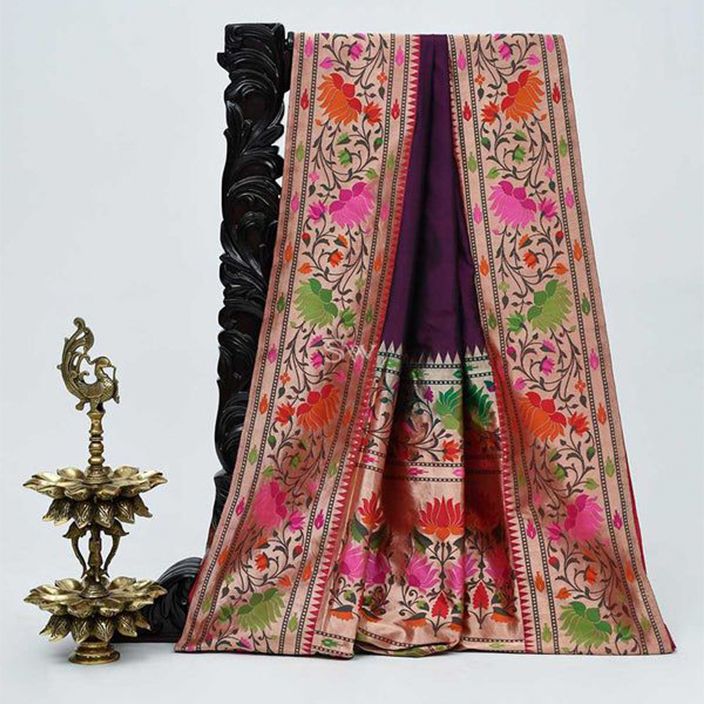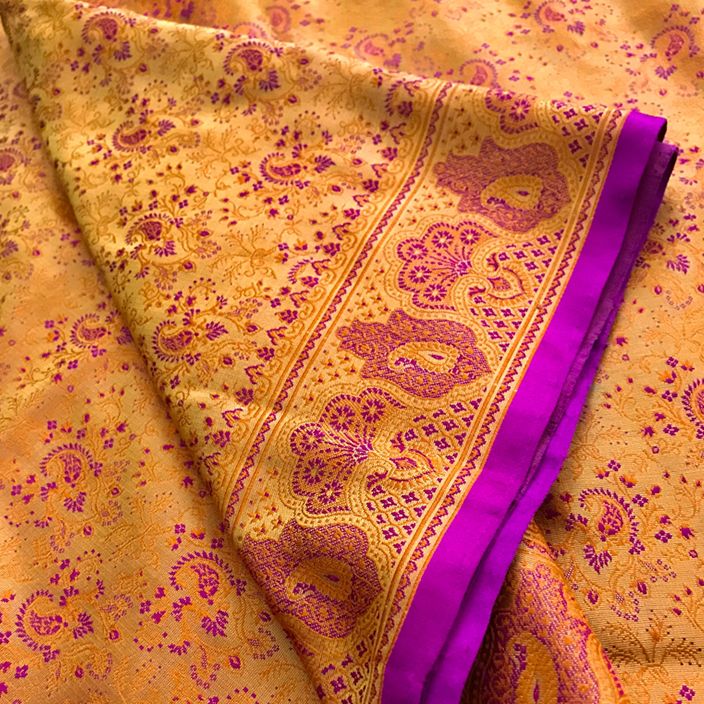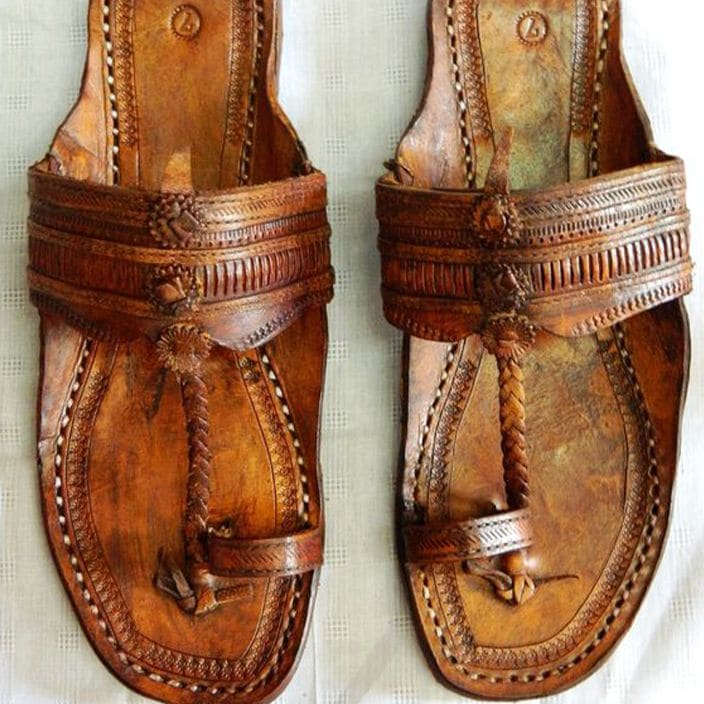For best prices and early deliveries, WhatsApp us at. 918488070070
Maharashtra
Known for its rich cultural heritage, Maharashtra has seen generations of rulers, colonies, and various communities. The arts and craft, music, food, and clothing make Maharashtra a grand state in its size and culture. Maharashtra and Goa are both states located on the southwestern coast of India, and they are known for their beautiful beaches, vibrant cultures, and delicious cuisines. To understand the diversity possessed by the state, one needs to understand the significance of geographical, climatic, social and occupational conditions that have greatly impacted the Maharashtrian culture and traditions. As a reflection of these, the Maharashtrian traditional wear clothing attire has also been modified.
Traditional Maharashtrian Clothing
Women
The women wear a 9-yard long saree called 'lugade' or 'nauvari saadi' with a 'choli' or blouse on the top.
'Nauvari' or the 9-yard long saree, are lengths of vibrant cloth representing years of Maharashtrian glory and ethnicity. Exhibiting borderwork and a pallu, what is unique about the saree is the draping. Worn as a trouser, the saree is pulled back between both legs and tucked in the middle of the waist as a result of which a petticoat is not required underneath.
With a cultural history of its own, the manner of draping was a requisite of the labour-intensive agricultural work both men and women were subjected to. Their occupation required them to work long hours outdoors doing tedious activities.
Made of cotton or silk the 'choli' or blouse is worn underneath the saree. The blouses are short, or half sleeved that have hooks in the front making it easier for the women to wear them. The choli covers half of the torso.
Men
Maharashtrian men traditionally wear a 'dhoti', wrapped around the waist and legs. They still prefer clothing that makes it easier for them to move around and optimise performance on the field.
Staple Jewellery & Accessories
The Maharashtrian clothing look is incomplete without its traditional jewellery. The green bangles or 'Chura' worn by married women, the nose-ring or 'nath', and the 'bugadi' - a earpiece worn on the ear's helix, are pieces Maharashtrian women can be seen flaunting. The necklaces like the 'Saaj', 'Putlihaar', and 'Thusi' are made of bright stones and pearls. The 'jodvi' or toe-ring, is another staple piece reflecting Maharashtrian clothing tradition and culture.
Since the 13th century, the Kolhapuri sandals are a traditional symbol that can currently be found all over the country. The leather sandals are handmade by locals in the district of Kolhapur. The sandal is open-toed and fitted to the feet with a T-strap through the middle. The sandals are usually coloured with natural dyes, featuring intricate and rustic designs. Preferred by men, even women have adapted to this footwear style and is now available in different styles, colours and patterns across India.



